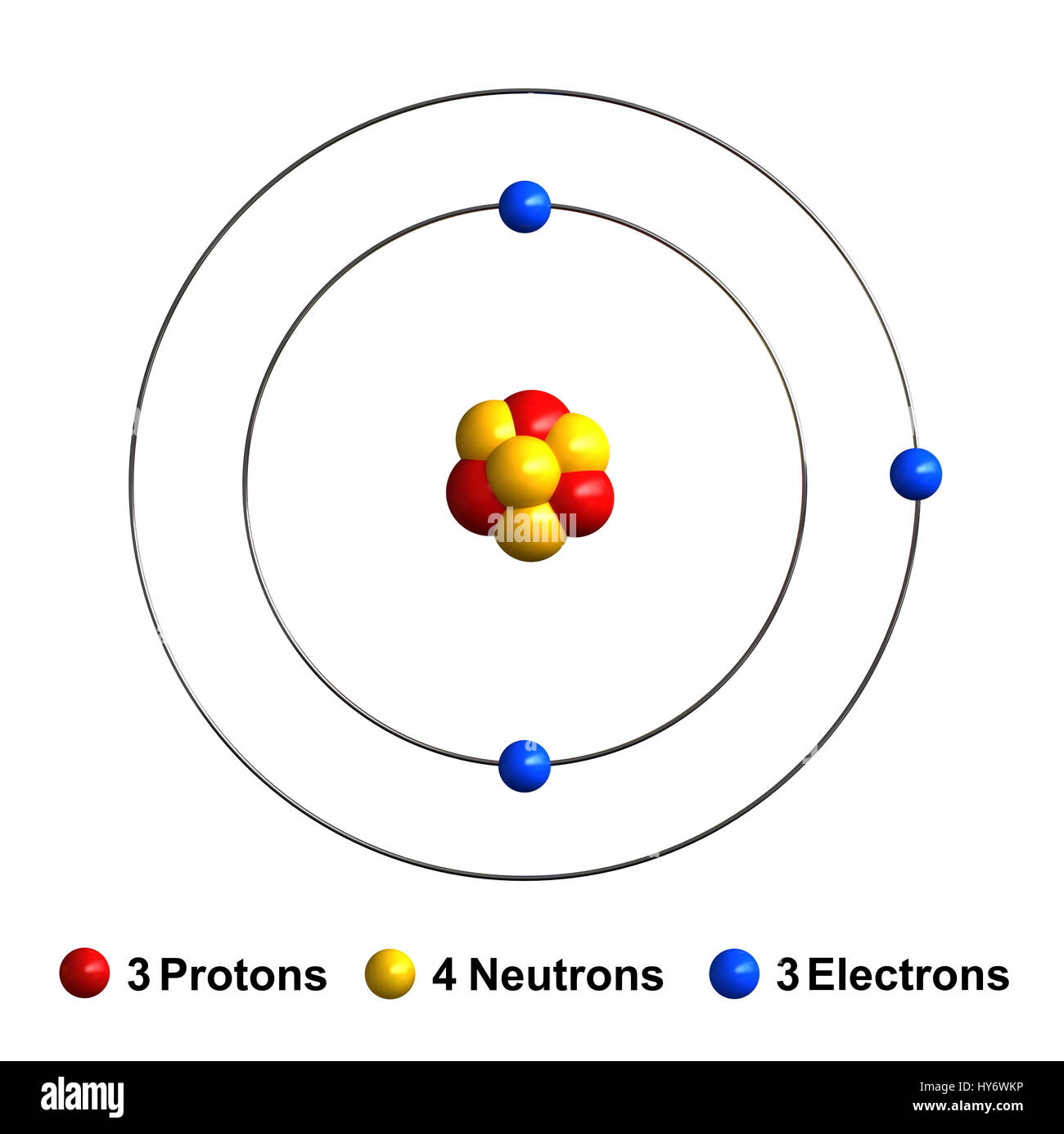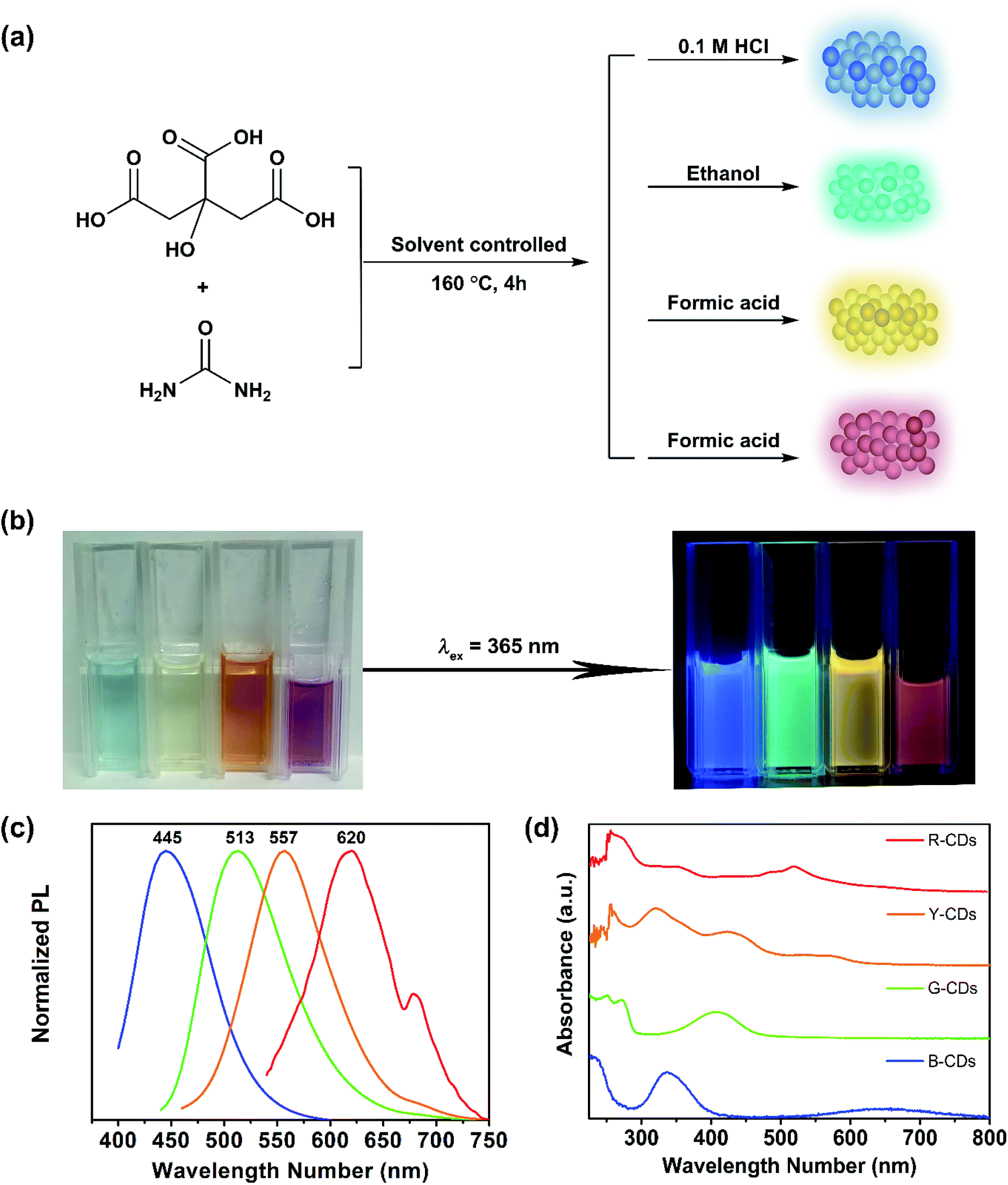
With this energy absorbed, the most energetic electron is released with Kmax by overcoming the surface energy barrier or work function ϕ 0 and this is expressed as The energy absorbed by each electron in time t is given by For the sake of simplicity, the following assumptions are made.Ī) Light is absorbed in the top atomic layer of the metalī) For a given element, each atom absorbs an equal amount of energy and this energy is proportional to its cross-sectional area AĬ) Each atom gives this energy to one of the electrons. I) According to wave theory, the energy in a light wave is spread out uniformly and continuously over the wavefront. (Given : The work function for cesium is 2.14 eV and the power absorbed per unit area is 1.60×10 −6 Wm −2 which produces a measurable photocurrent in cesium.) Solution Iii) the time interval between the incidence of light and the ejection of photoelectrons is very long. Ii) K maxdoes not depend on the frequency of the incident light and

I) maximum kinetic energy of the photoelectrons ( K max) depends on the intensity I of the incident light


For the photoelectric emission from cesium, show that wave theory predicts that


 0 kommentar(er)
0 kommentar(er)
